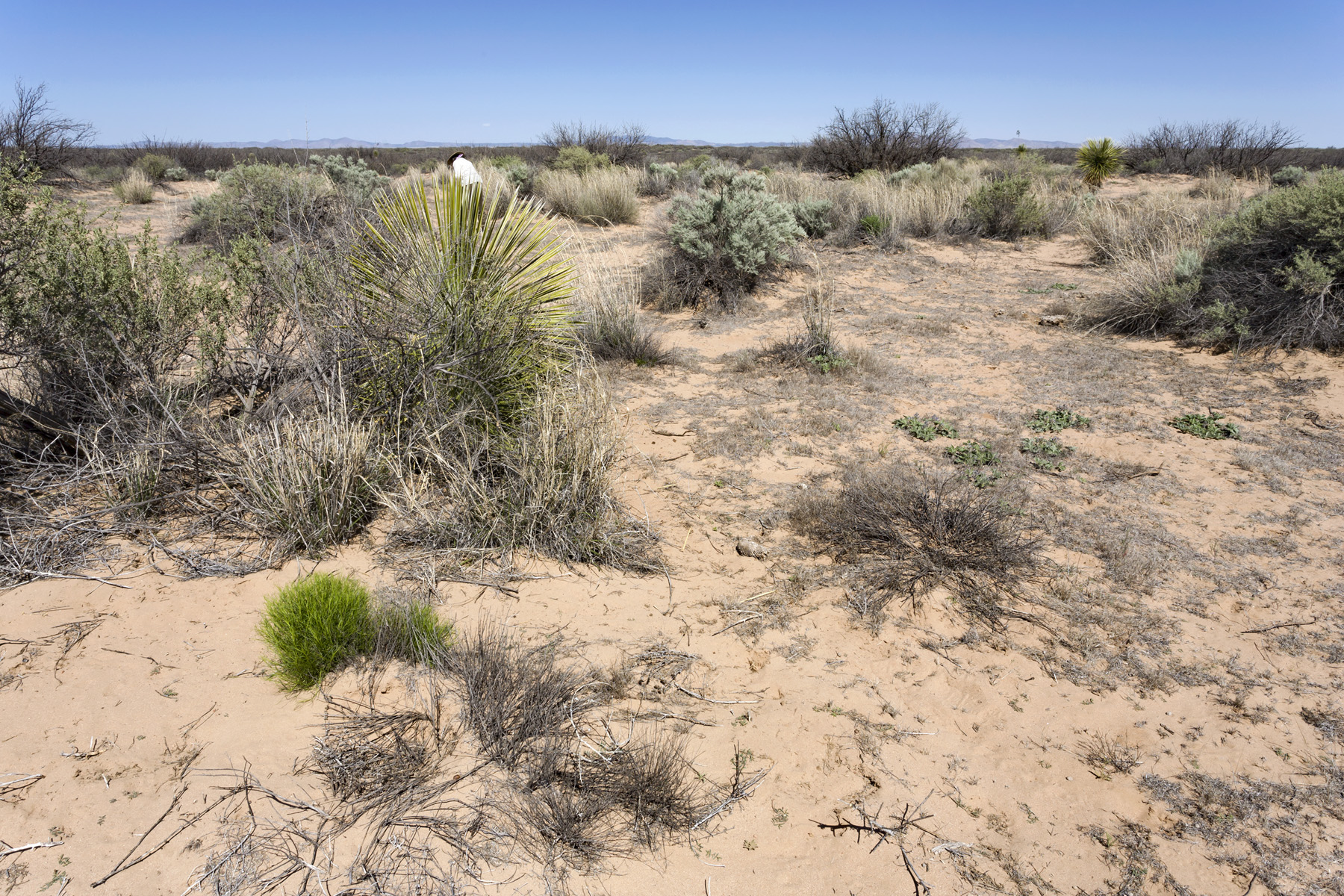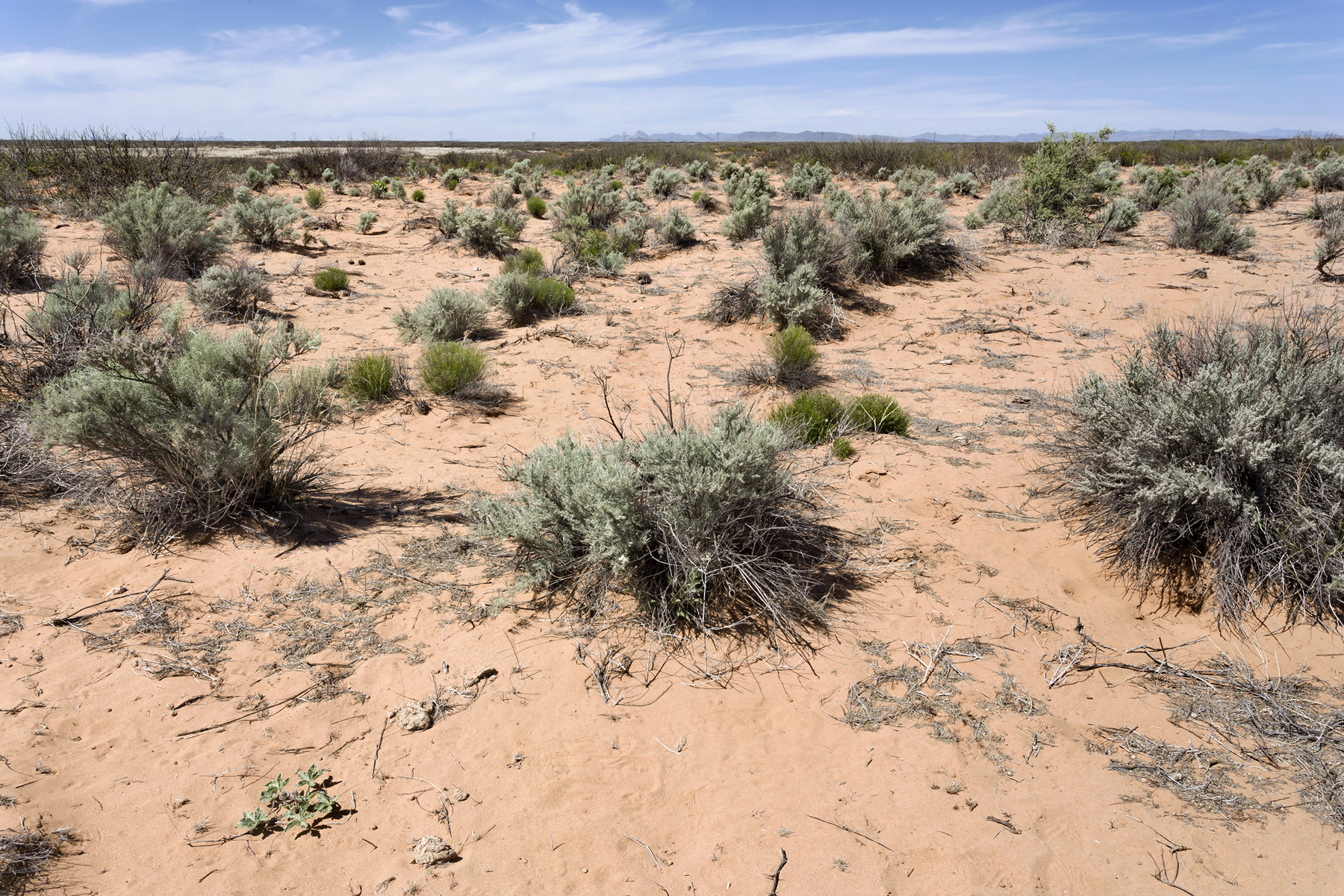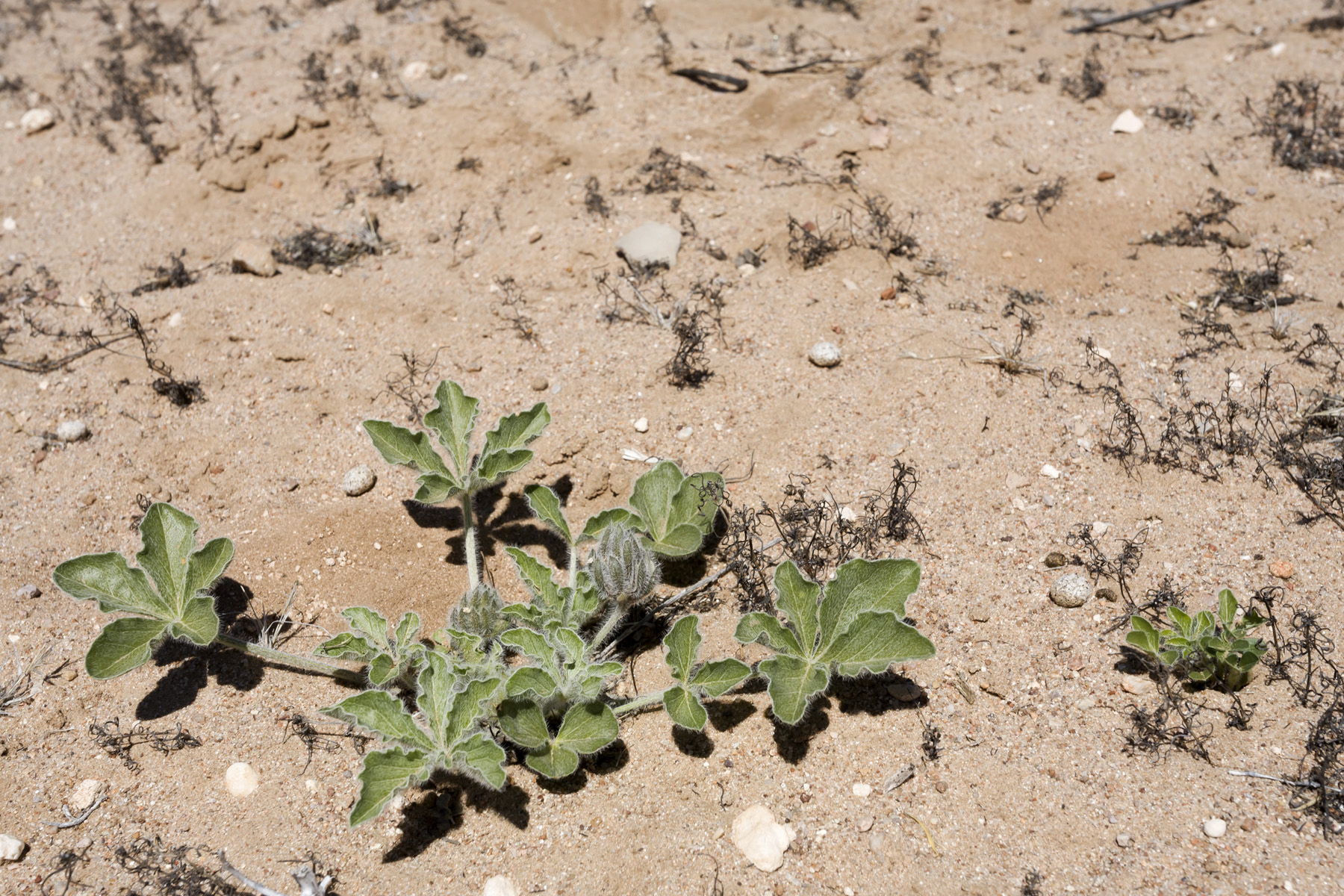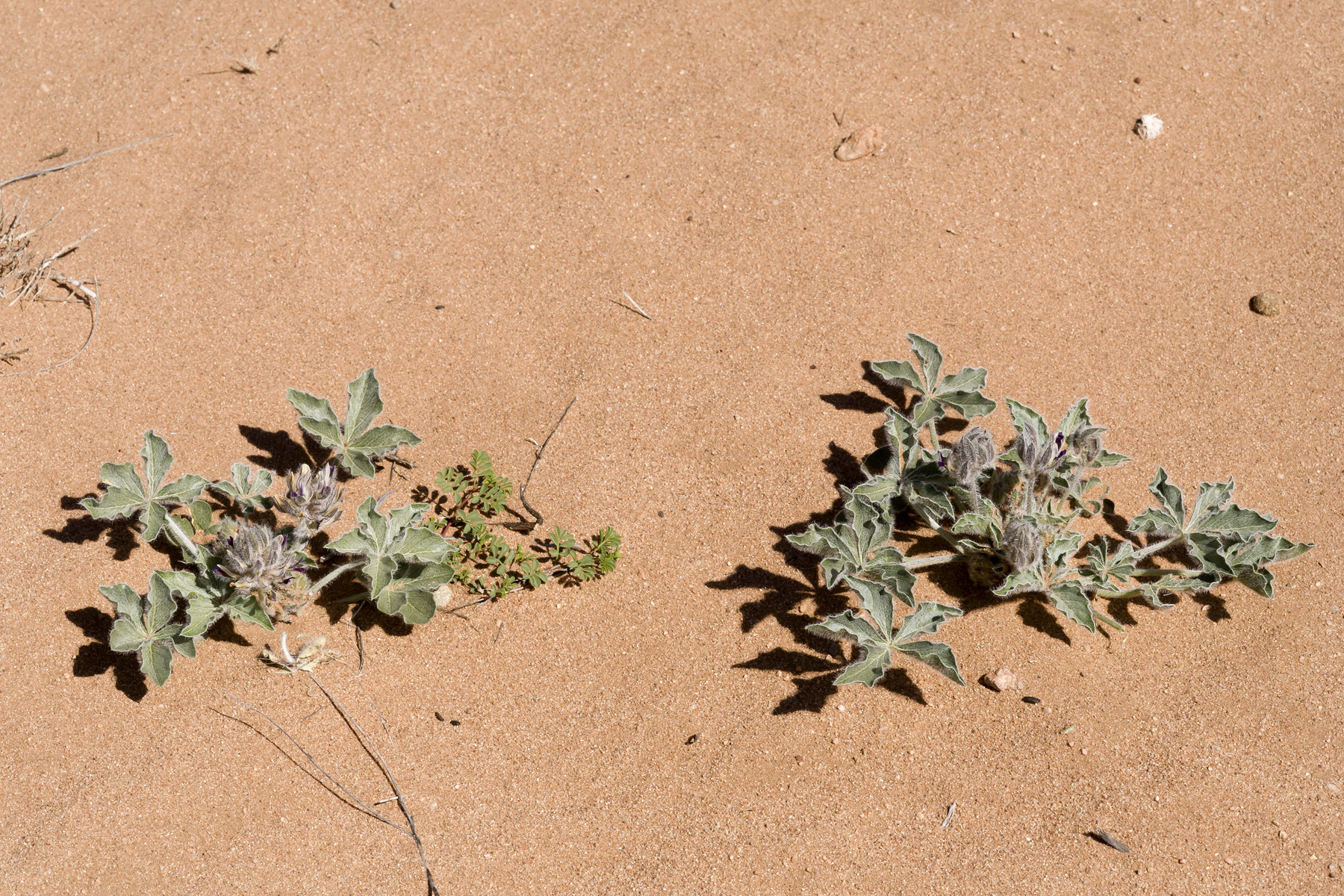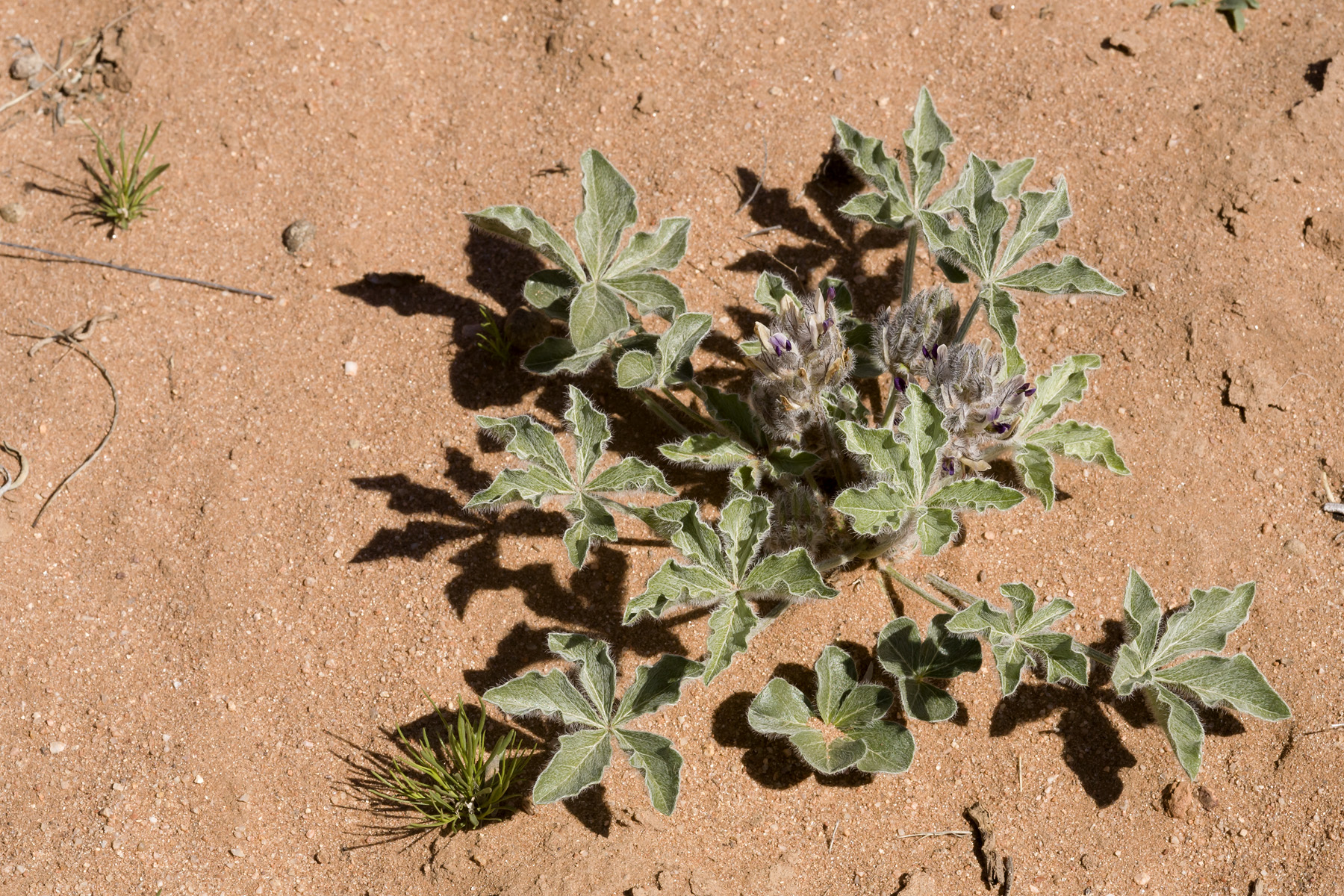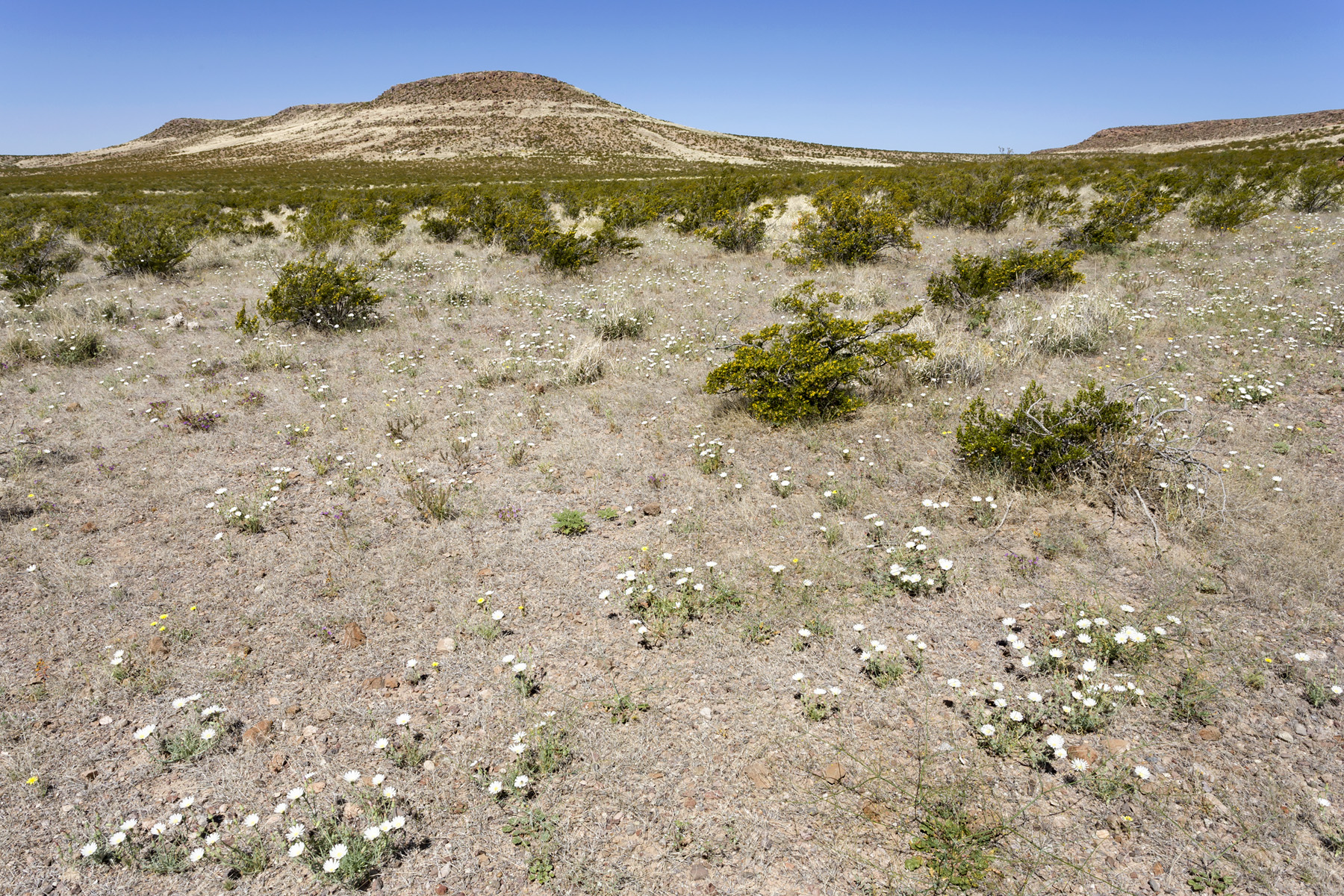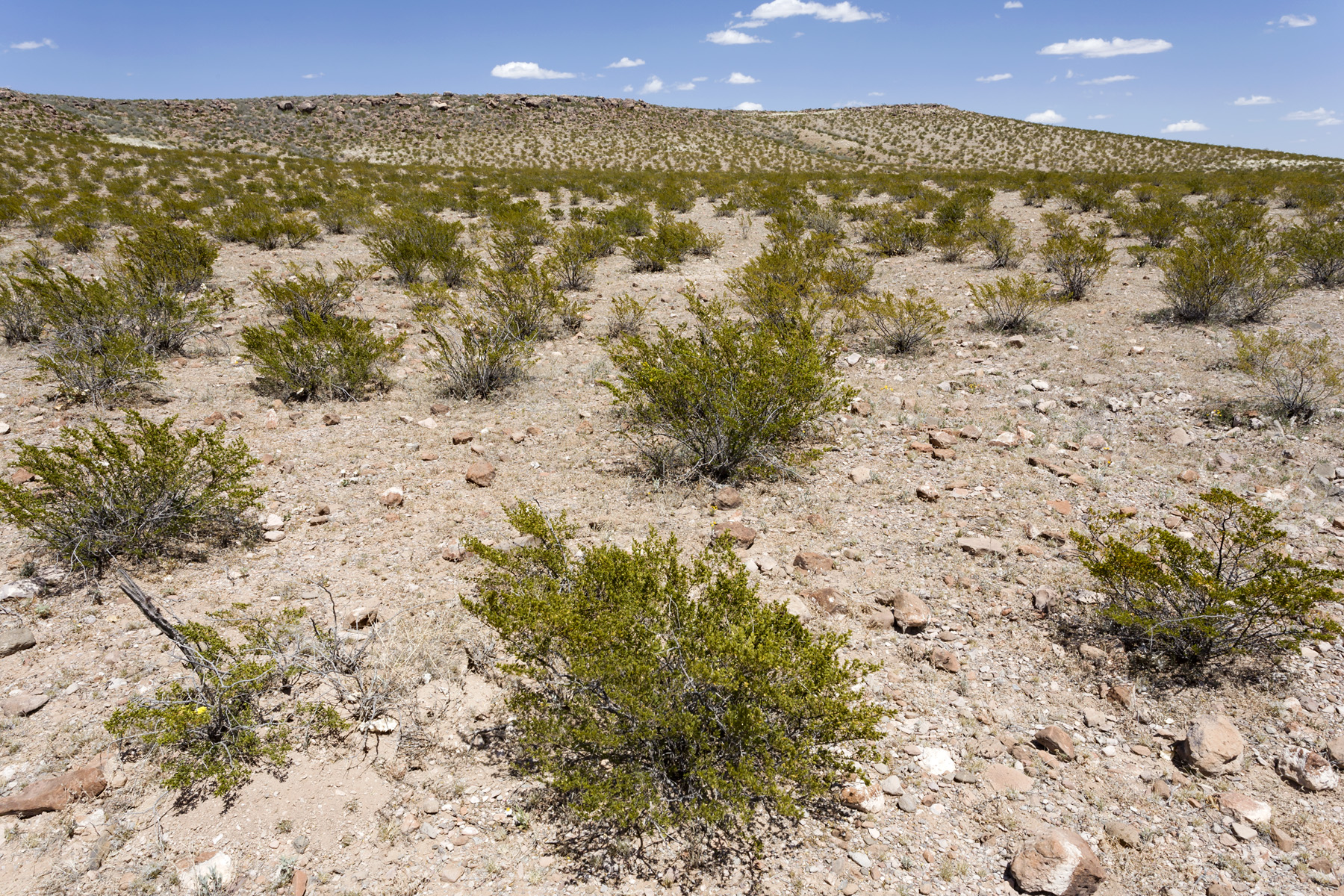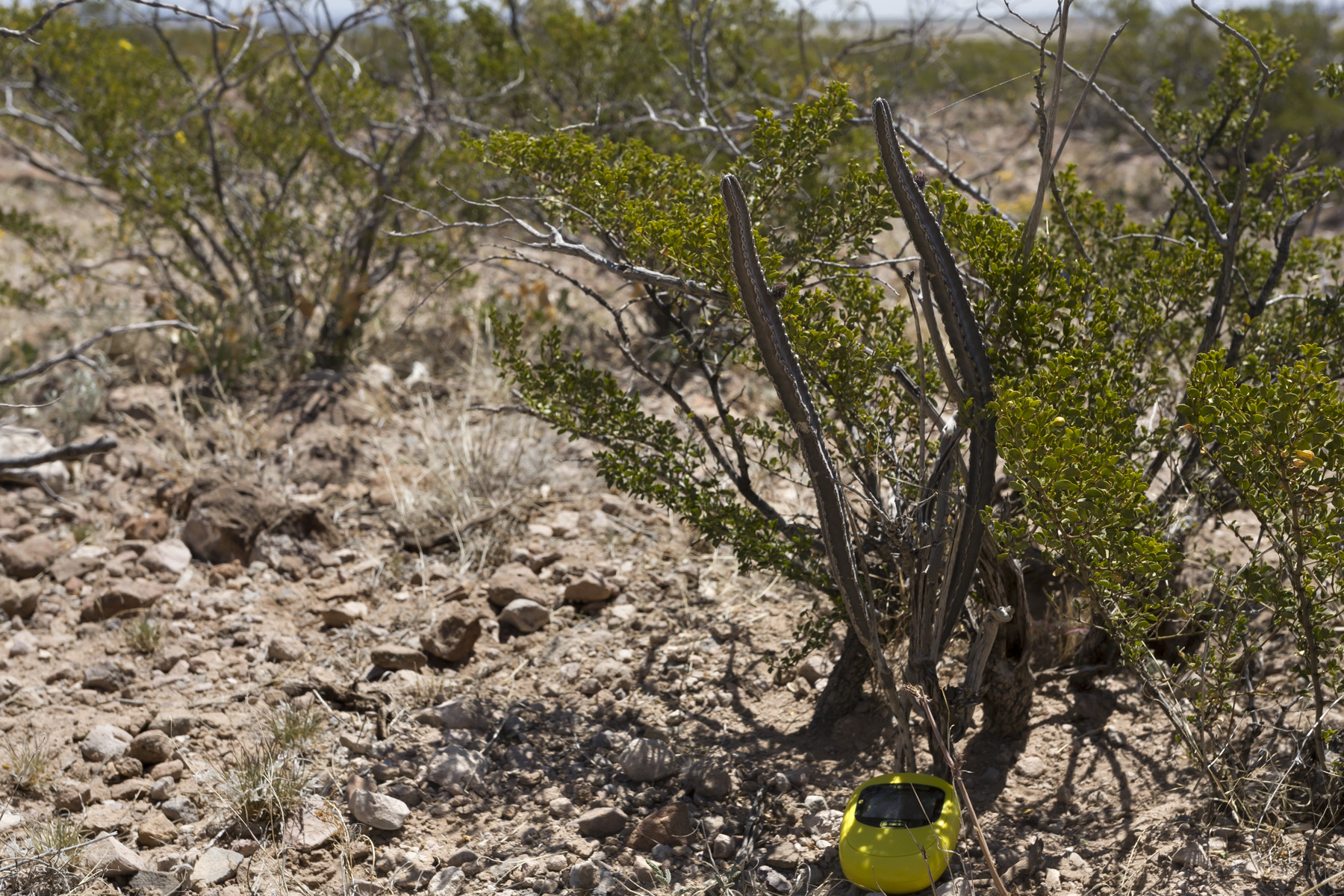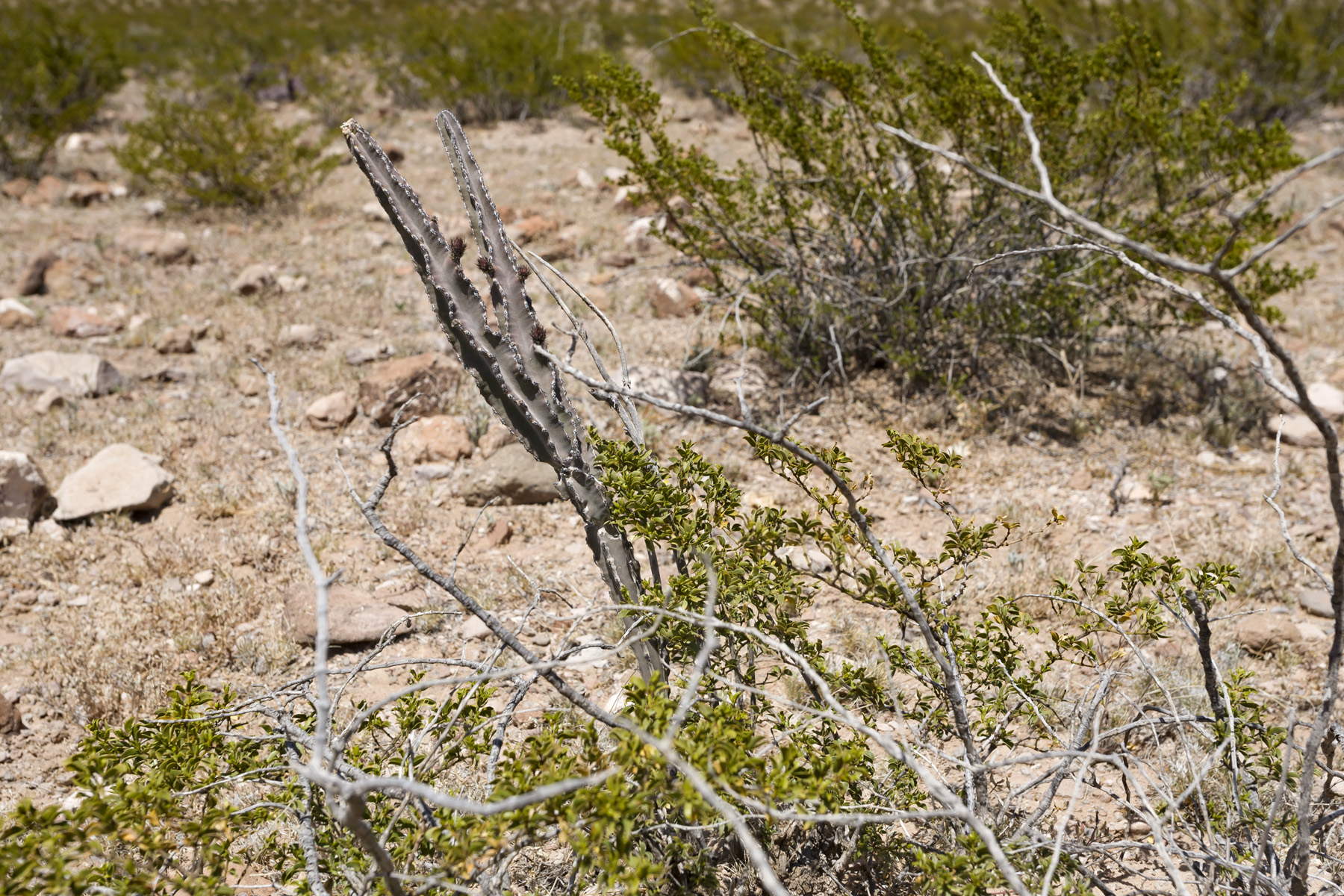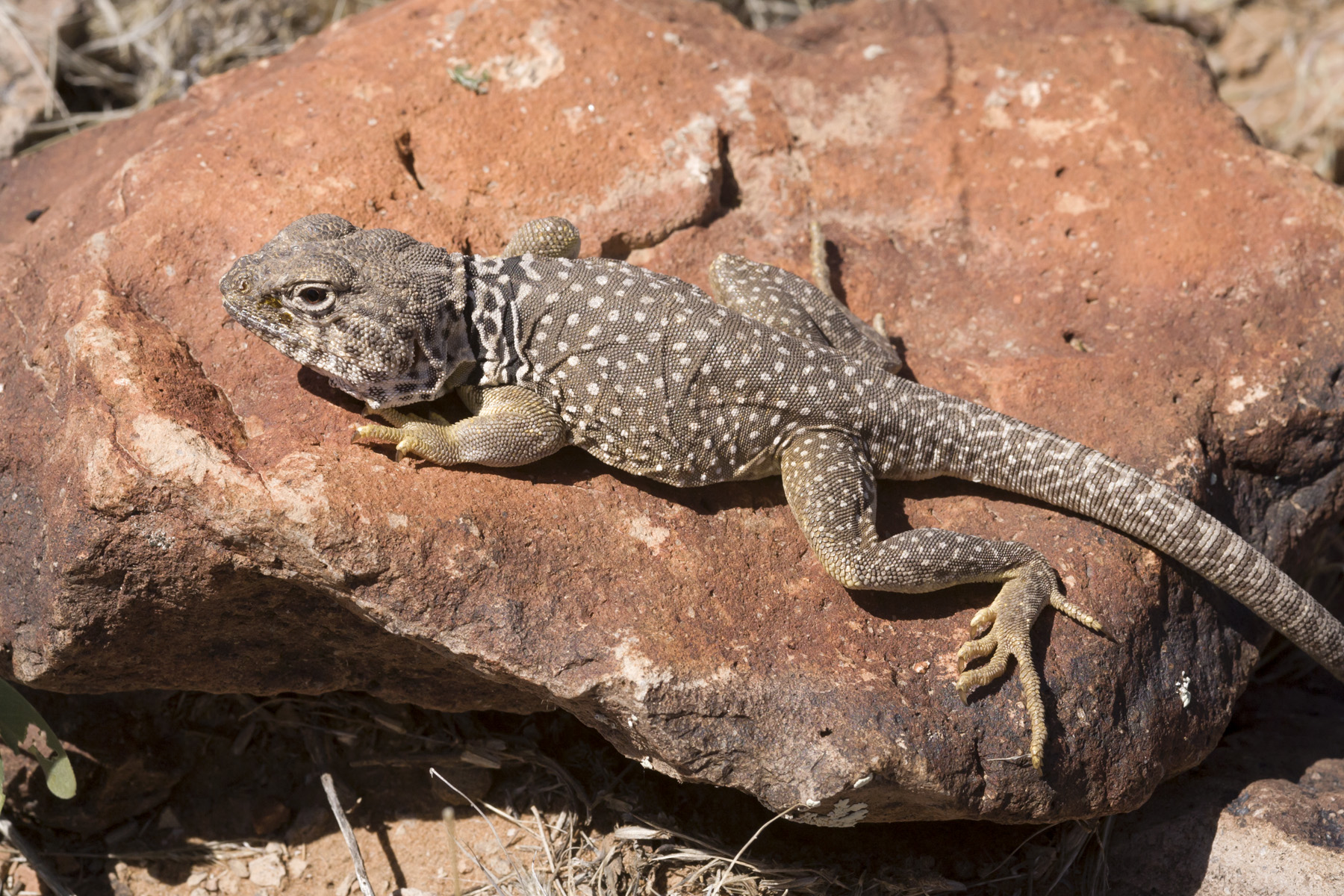Hello CLMers.
This month I’ve been doing another kind of preparation for field season–I make identifying lichens fun (and easier)! In the tundra of interior Alaska, lichen mats are a huge source of winter forage for maintained reindeer herds and their wild brethren, caribou, Rangifer tarandus. So much so, that we’re worried about depletion, so we’re preparing to tally up the lichen mats and make sure they’re not being crunched on too hard. Included is the one of my favorites, “vagrant lichen” Masonhalea richarsonii, which dries out, curls up and wanders, rolling across the tundra until it becomes moistened and flattens out again. Now, however, spring is springing in AK, and the green things here are stealing the limelight once again.
A few weeks ago, in lieu of the Chicago Botanic Garden training I attended last year, I went to the National Native Seed Conference in Santa Fe. I’d never been to the southwest before, and took advantage of roaming the city when I wasn’t learning about native seed grow-out strategies and applications. The art-filled city, home to the “Game of Thrones” creator R. R. Martin and inspiration to artist Georgia O’Keefe, is filled with entire streets of galleries–paintings, pottery, and the like. The nearby mountains have names like “Sangre de Cristo” and “Atalaya”, and the surrounding country side is dotted with Pueblos and the exceptional Bandelier cliff-dwellings.
The Conference itself is in its third year, and was host to Thor Hanson on its opening night, author of the new book “The Triumph of Seeds”, which he told us was largely based on his young son’s absolute obsession with finding seeds. Taking us from his family’s countyside wind-race experiment with parachute-like seeds to his more academic excursions to study the genetics and distribution of rainforest giants, Hanson made us aware of just how “ingrained” in our life seeds are, pointing out that even our diction is molded by seeds. Even the origins of “culture,” a very people-centric word, is based on a farmer’s term for the maintenance and upbringing of seeds. Thus we all began the conference with a new respect for our subject.
The week-long conference had panels ranging from the Monarch Project, which is a large movement to provide better habitat for monarchs, especially by assessing milkweed populations, to the much-discussed fate of the sagebrush and sage grouse.
And of course, S.O.S. collecting was on everyone’s lips. The value of a conference like this is in collaborating with people who might be having similar problems–it seemed like so many offices came up with unique solutions to cleaning seed, optimizing production, dealing with local seed producers (or the lack there-of), and challenging climes, often with a small budget, or none at all. Some of my favorite talks were about finding ways to construct machines to very accurately dry, de-beard and clean seeds using only parts from the local department store.

A water content table published by the FDA which is pretty applicable to optimal seed storage: 30% (x-axis), right before enzymes and bacteria start getting excited, but not too dry that you oxidize your lipids.
And although it is a National conference, speakers and students popped up from the UK, Spain, Italy and beyond, working on developing policies to make native seed distribution feasible in their own countries. One project I was excited to hear about was the restoration of olive grove lanes in Spain; olive plantations take up a large proportion of land along the Mediterranean, and farmers keep the lanes between them bare for easy maintenance and pest/disease management. Thankfully, a list of compatible (short, disease and pest resistant) native plants is being compiled and sourced to fill in the spaces which make up so much of their landscape. And in the heartland, I was glad to hear of small private projects such as MPG Ranch, a large tract of philanthropically conserved land in Montana, that is now being closely monitored for restoration after being used extensively as range land.
I was happy to draw nearer to seedy people with the shared cause to solve native plant population issues, which are only becoming more urgent as climate change alters the landscape. Seeds may be everyone’s savior! If any of you end up repeating your internship next year as I have, I would highly suggest this conference next spring!
Over and out,
Charlotte
Happy spring!




























